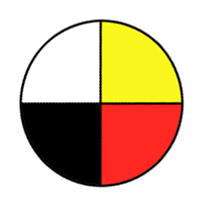Assess and demonstrate strategies used to identify and make healthy decisions in stressful situations.
| (a) |
Identify sources of, and evaluate information related to, anxiety and stress. |
| (b) |
Inventory the kinds of situations that may create anxiety for grade 6 students (e.g., family break-up, moving, getting/unable to afford braces/glasses, public speaking, body image, academic pressure, foster care, death, economic status). |
| (c) |
Analyze physical, mental, and emotional responses (both positive and negative) to stress (e.g., heightened alertness, motivation, 'fight or flight', illness, withdrawal, difficulty concentrating, difficulty eating and/or sleeping). |
| (d) |
Examine stressors for which one can plan and/or over which one has control. |
| (e) |
Interview people of various ages and cultures in the community to determine and evaluate common ways of managing stress (e.g., physical activity, dancing, deep breathing, self-talk, smudging, meditation, listening to music). |
| (f) |
Propose healthy (e.g., exercise, sleep, self-talk, deep breathing, communicating) and unhealthy ways (e.g., substance abuse, aggression, withdrawal) of managing stress and compare related short-term and long-term consequences (i.e., physical, mental, emotional, spiritual). |
| (g) |
Practise healthy ways of adjusting/responding to stress. |
| (h) |
Determine when anxiety is “normal” and when professional help may be required. |
| (i) |
Comprehend that stress can be healthy or unhealthy; it is how one responds to/manages stress that affects health. |
| (j) |
Examine how stress may influence (both positively and negatively) personal standards and decisions. |




























